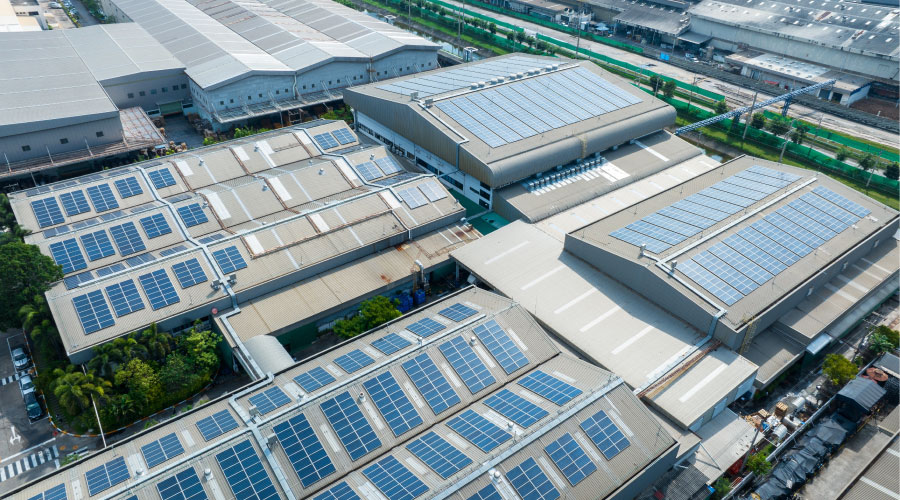Market Barriers are Major Block to Energy Efficiency Investments
Up to 90 percent of energy use in various end-use energy markets is affected by real and persistent market barriers, a new study finds.
Up to 90 percent of energy use in various end-use energy markets is affected by real and persistent market barriers, a new study finds.
The American Council for an Energy-Efficient Economy (ACEEE) conducted the International Energy Agency-funded, five-country study of market barriers that limit private investment in energy-efficient end-use technologies, called “Quantifying the Effects of Market Failures in the End-Use of Energy.”
The study finds that in the U.S., some 50 percent of the major end-uses for energy in the residential sector are affected by just one type of market barrier.
The project involved research experts from Australia, Japan, the Netherlands, Norway, and the United States, under the guidance of and with funding support from the International Energy Agency. Energy agencies in each country supported their case study research, with methodology, project management, and reporting coordinated by ACEEE.
The study focused on two main types of barriers:
- “Principal-agent” barriers, in which one party makes decisions regarding the energy efficiency of a building or energy-using device as an “agent” on behalf of the “principal,” the party that pays the end-use energy bill.
- “Information-cost” barriers, sometimes called transaction-cost or search-cost barriers, where energy users are not willing or able to invest the time and cost necessary to find the economically optimal efficiency choice when buying energy-using products.
A sample of findings indicates that 40-90 percent of commercial leased office space energy use is affected by the principal-agent barrier alone.
Related Topics:











